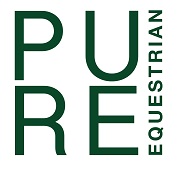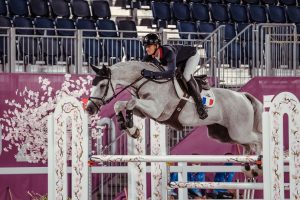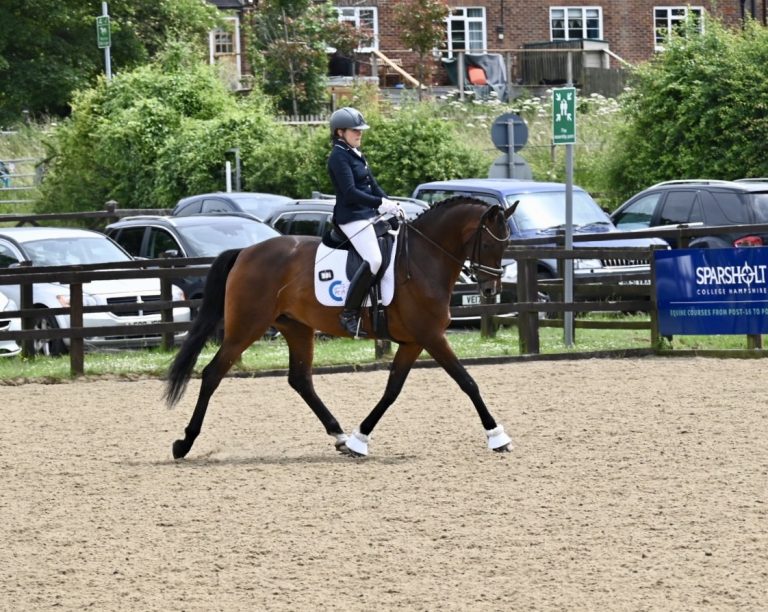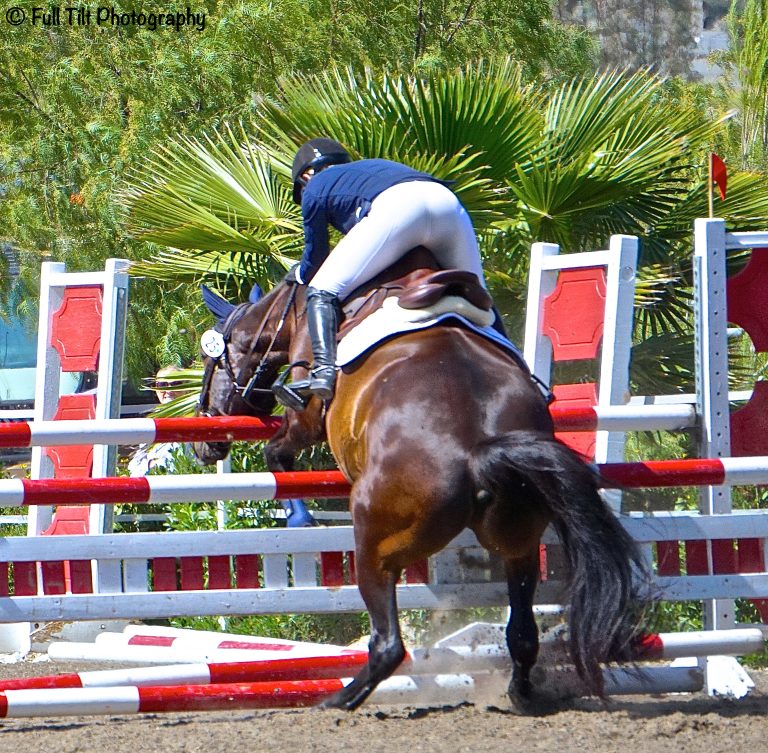Are you curious about the intricacies of showjumping? If so, let’s explore the key differences between a vertical jump and an oxer jump. In the thrilling world of showjumping, these two types of jumps present unique challenges and require different skills from both the rider and the horse. Understanding their distinctions will not only enhance your knowledge of the sport but also deepen your appreciation for the incredible athleticism of these equestrian athletes. So, saddle up and discover the remarkable contrasts between a vertical and an oxer jump in showjumping.
Table of Contents
ToggleVertical Jump
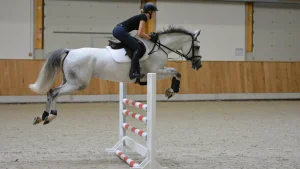
Definition
A vertical jump is one of the basic obstacles in showjumping. It consists of two upright poles or standards with no spread or width element in between. The height of a vertical jump can vary, but typically ranges between 3 feet and 5 feet. The aim of the vertical jump is for the horse and rider to cleanly clear the poles without knocking them down.
Design
The design of a vertical jump is quite simple compared to other types of jumps. It consists of two upright poles, known as standards, which are usually made of lightweight materials such as PVC or wooden planks. The poles are positioned vertically and are often held in place by sturdy cups or brackets. These cups or brackets allow the height of the jump to be easily adjusted by raising or lowering the poles.
Difficulty
Vertical jumps are considered to be slightly easier for horses and riders compared to other types of jumps. The lack of width or spread element makes it less challenging for the horse to accurately judge the distance and clear the jump. However, the height of the jump still plays a significant role in the level of difficulty. Higher vertical jumps require more power, precision, and athleticism from the horse, increasing the challenge for both horse and rider and can actually make the vertical one of the hardest to jump.
Oxer Jump
Definition
An oxer jump, also known as a spread jump, is a more complex type of obstacle in showjumping. Unlike the vertical jump, an oxer has a spread element, which means it consists of two or more poles set at an angle to create a wider fence. The oxer jump can vary in width and height and is designed to test the scope and athleticism of the horse.
Design
The design of an oxer jump is more intricate than that of a vertical jump. It typically consists of two pairs of poles, with the front poles set lower than the back poles. The width between the pairs can be adjusted to create different levels of difficulty. The poles are usually supported by cups or brackets like those used in vertical jumps, allowing for height adjustment. The spread element of the oxer jump requires horses to have a wider clearing distance compared to a vertical jump.
Technique
Clearing an oxer jump requires a combination of power, scope, and accuracy from the horse, as well as skilled guidance from the rider. Horses must approach the jump with impulsion and maintain a consistent rhythm. As they take off, they need to stretch their front legs over the wider spread, while still bringing their hind end up and over the back poles. Riders must have good control and balance to guide the horse through the wider jump and provide the necessary support during the takeoff and landing.
Comparison
Appearance
In terms of appearance, vertical jumps have a clean and straightforward design. The poles are positioned vertically, creating a clear and unambiguous obstacle. On the other hand, oxer jumps have a more visually striking appearance due to the angled and wider spread of the poles. The varying heights and widths of oxers make them visually more challenging and eye-catching for both riders and spectators.
Approach and Takeoff
The approach and takeoff for vertical and oxer jumps differ due to their respective designs. With vertical jumps, horses typically have a slightly shorter and more compact takeoff due to the absence of a spread element. They focus on clearing the vertical poles and bringing their front legs up first. In contrast, oxer jumps require a more extended and powerful takeoff to encompass the width.
Rider Skills
Both vertical and oxer jumps require specific skills from riders. For vertical jumps, riders must have a good sense of timing and balance to guide the horse accurately towards the jump and maintain a centreed position throughout the jump. With oxer jumps, riders face additional challenges. They need to have excellent control and coordination to help their horse find the right takeoff point and balance through the wider spread, all while maintaining their own balance and focus.
Strategies and Tactics
Different strategies and tactics come into play when approaching vertical and oxer jumps. With vertical jumps, riders often aim for a more direct and straight approach, focusing on maintaining a consistent rhythm and finding the right takeoff point. With oxer jumps, riders may need to take a more arced or bending line to set their horses up for the wider spread. They also need to carefully judge the appropriate takeoff point to clear both the width and height effectively.
